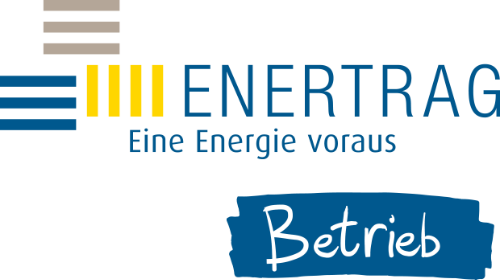Determining the position of aircraft with centimetre precision is crucial for the efficiency of Aircraft Detection Lighting Systems(ADLS) of wind turbines. Multilateration (MLAT) sets new standards in the precision of airspace monitoring.
The technology originates from professional airspace surveillance. The method uses the time-of-flight differences of transponder signals between different receivers to precisely determine aircraft positions. The precision significantly exceeds that of conventional radar methods.
A network of highly synchronized receivers (Light:Guard Receiver) detects the transponder signals of the aircraft. The strategic positioning of the receivers ensures complete coverage of the relevant airspace. They measure the signal propagation times with nanosecond accuracy - the basis for determining the position of the aircraft with centimeter precision.
The system calculates the exact aircraft position from the minimal differences in signal propagation times. The mathematical basis is formed by hyperbolic equation systems that convert the time differences into spatial coordinates. Atmospheric influences or signal reflections can affect the measurements. Special algorithms recognize and compensate for these interference factors in real time. The result: reliable position data under all weather conditions.
Efficiency in wind farm operation
The MLAT technology impresses with detection accuracy in the centimeter range and update rates of less than 1 second. The fully automatic, low-maintenance operation and redundant system architecture guarantee maximum availability. The absence of moving parts minimizes operating costs.
The high precision and reliability of MLAT technology makes it the first choice for modern ADLS systems. The technology enables needs-based night-time marking that optimally combines the interests of residents and aviation security.
Light:Guard GmbH provides support for MLAT-based ADLS integration - from site analysis to official approval.























